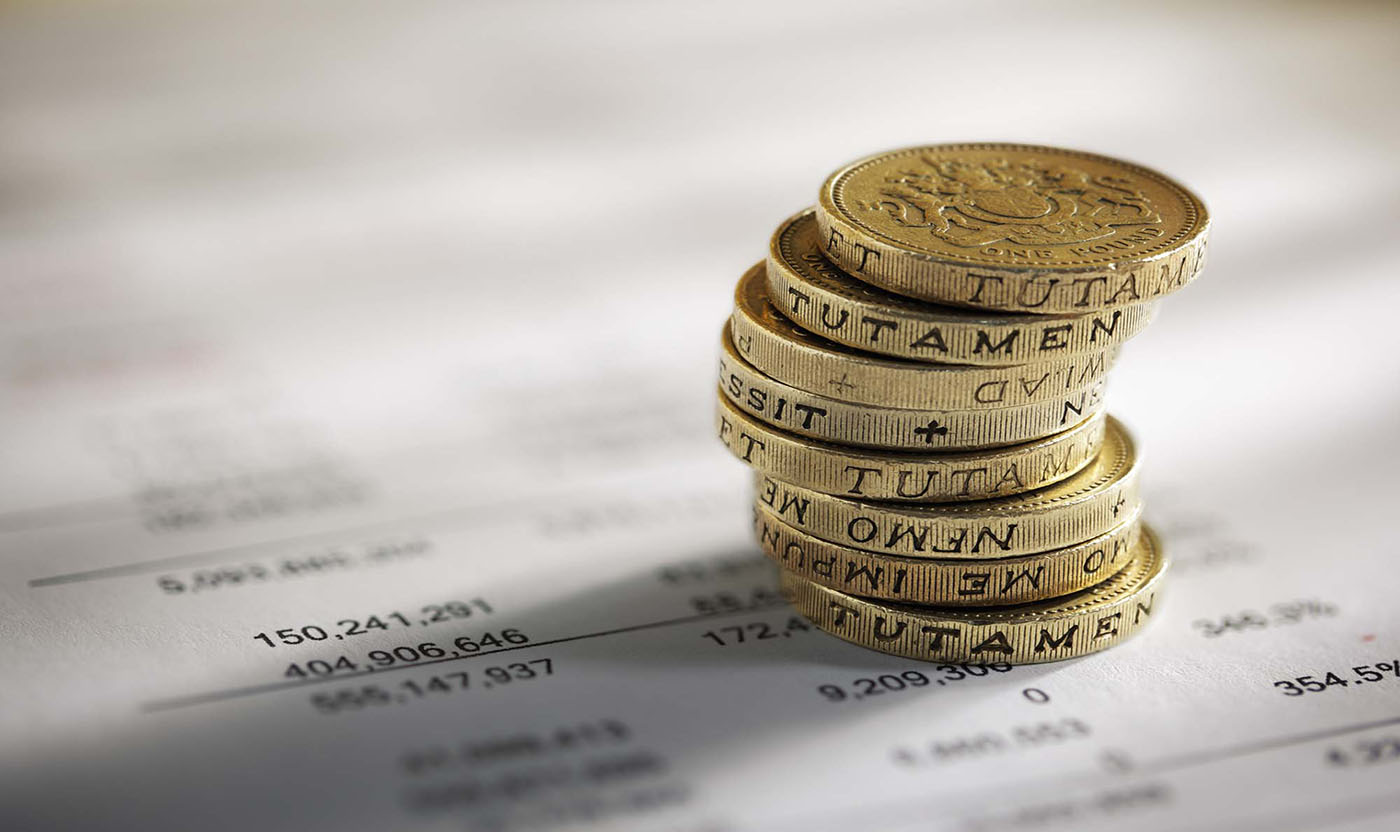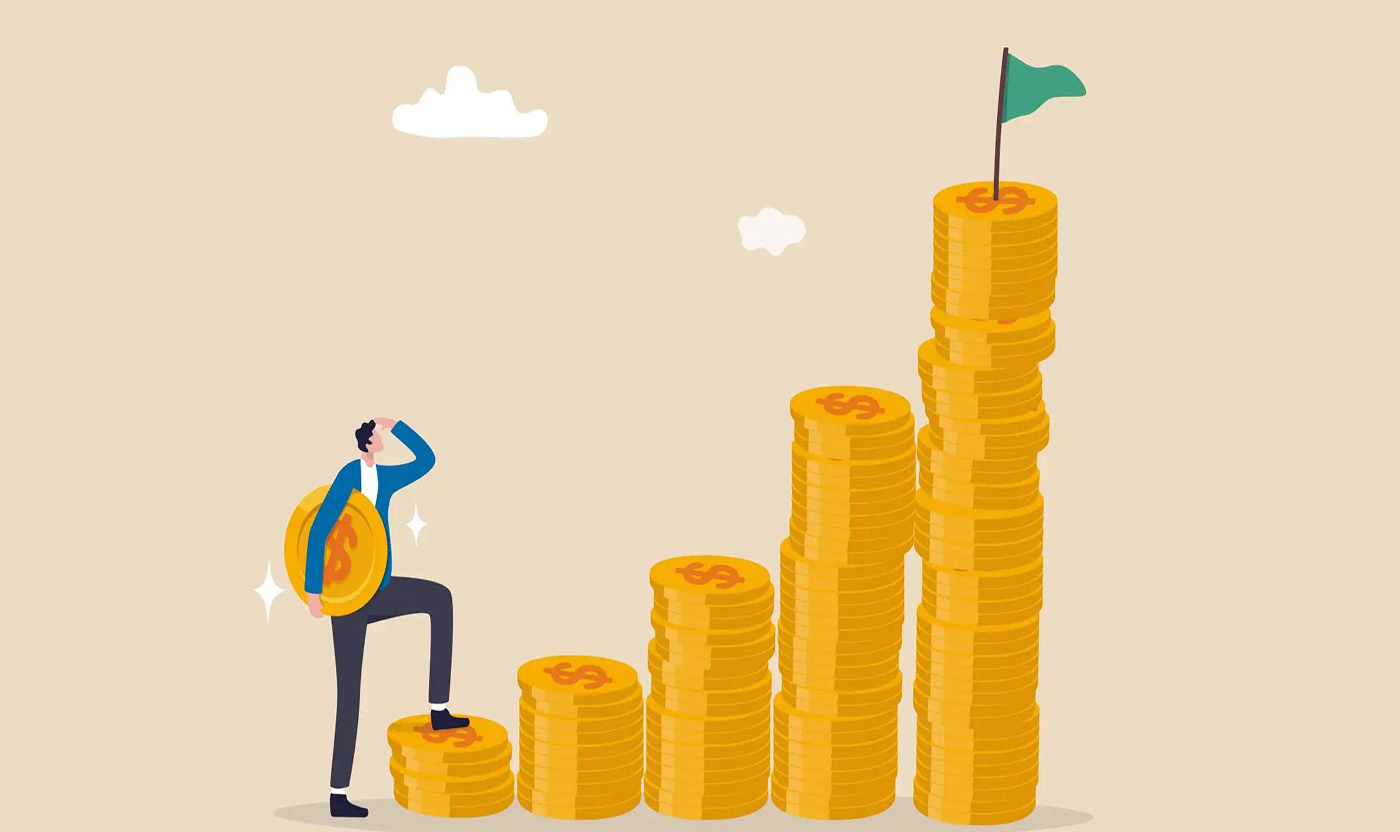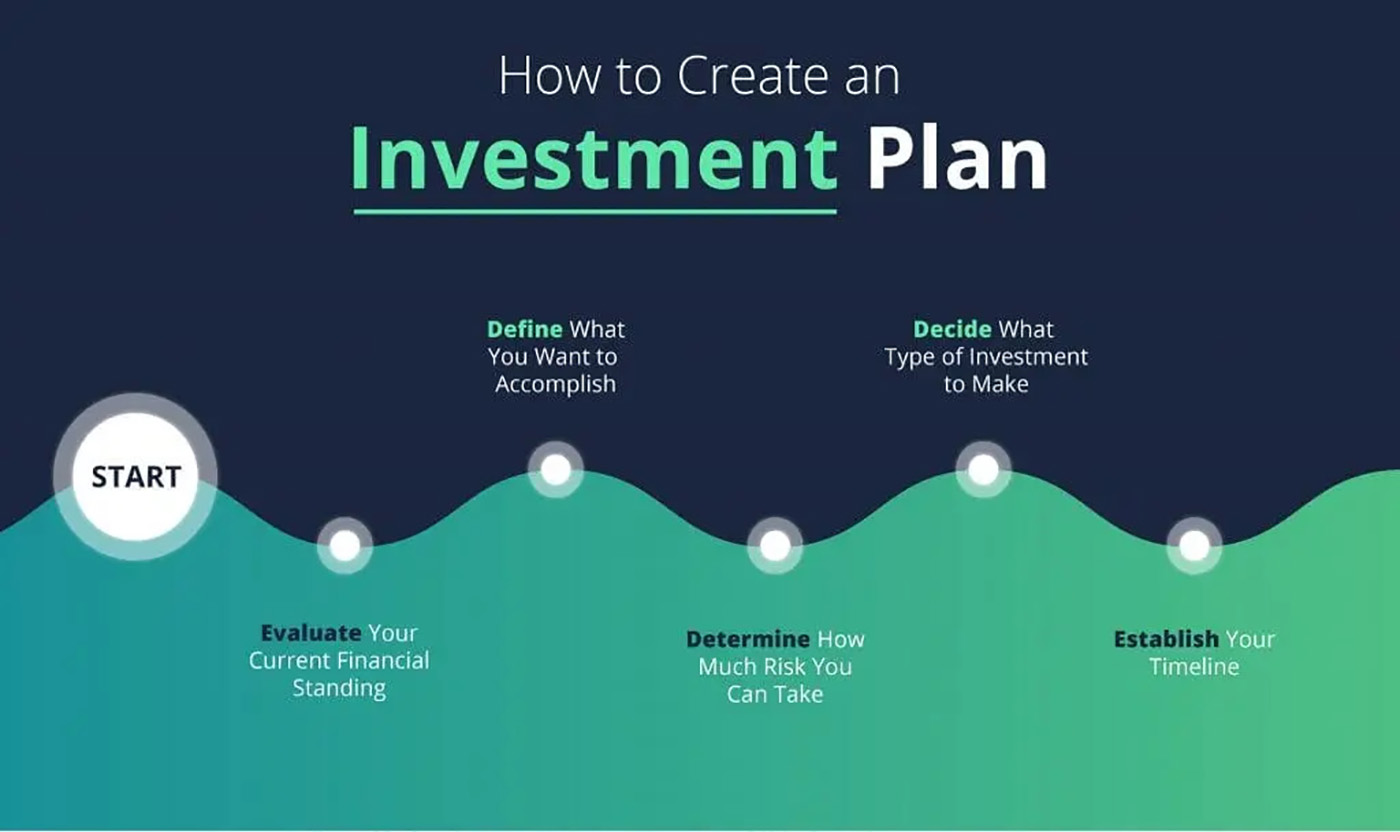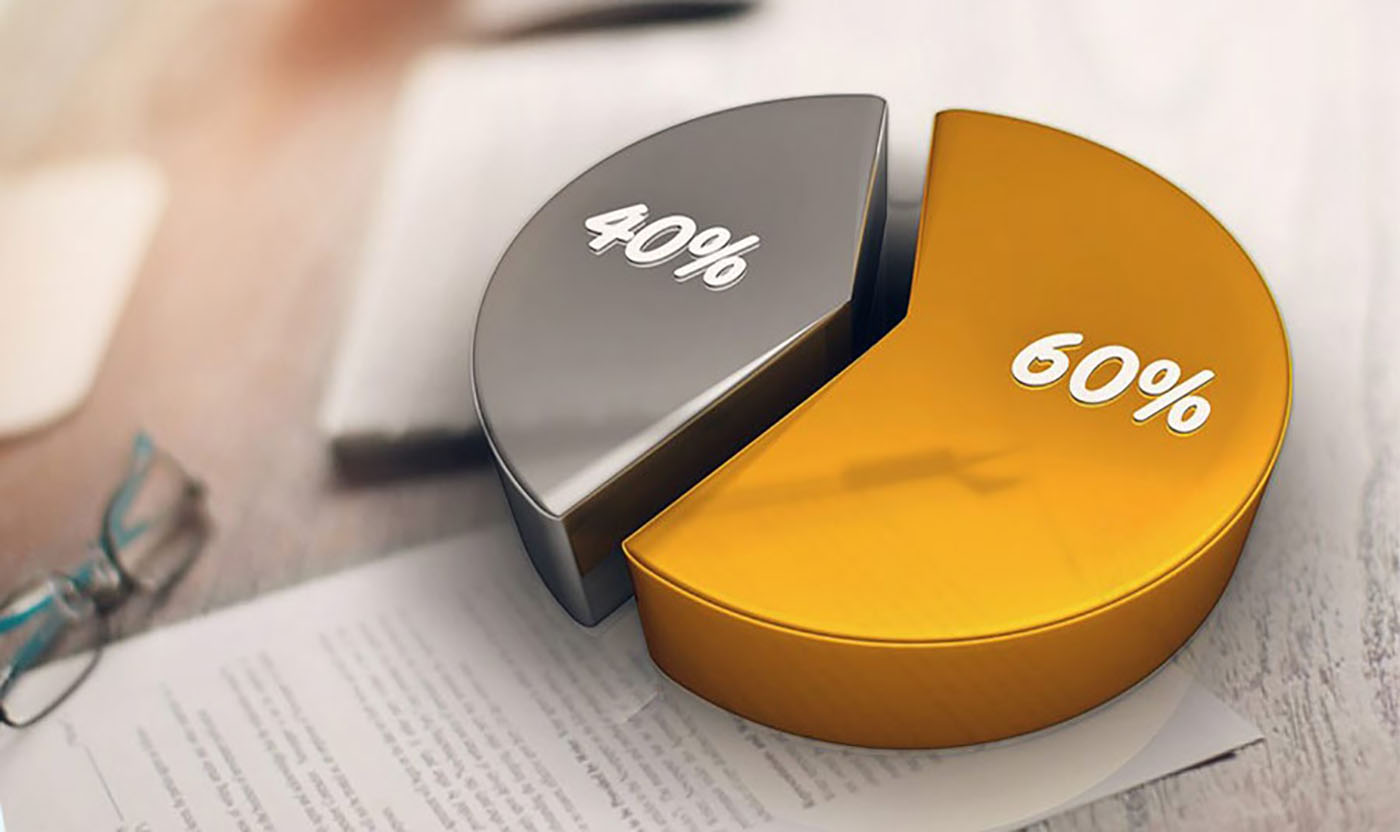In 2025, inflation may not dominate every news cycle like it did in 2022—but its persistent presence still echoes through every financial decision I make. Grocery prices haven’t fallen. Insurance premiums keep climbing. And even though the Fed talks about being near a “neutral rate,” the cost of living continues to stretch. In this environment, simply parking cash in a savings account or going all-in on long-term bonds isn’t cutting it.
I’ve spent the better part of this year revisiting my entire allocation strategy for near-term capital—especially the cash and short-duration bond segments. And I want to share exactly how I’m thinking about it, what I’m using, and why I believe it’s never been more important to actively manage your liquidity.
Why 2025 Inflation Is Still a Threat—Even If It’s Not in Headlines
After the explosive CPI prints of 2021 and 2022, central banks took aggressive action. But as I’m seeing firsthand, the inflation we face now is structural, not transitory. Healthcare costs, wage inflation in services, and energy volatility—these are long-term stories.
What’s worse, many traditional savings vehicles haven’t kept up. I still know people earning 1% on large cash balances in commercial bank savings accounts. That’s borderline financial malpractice in 2025.
The latest CPI reading (April 2025) was 3.8% YoY. Sticky core inflation is around 4.1%. With short-term Treasury yields hovering just above 5%, there’s finally a positive real yield—but only if you’re intentional about where your capital sits.
My Core Philosophy: Cash Is Not Trash—But It Must Work
I used to hear the phrase “cash is trash” a lot, especially in 2020–2021 when equity returns were wild and inflation was accelerating. That sentiment led many to ignore the strategic role of cash entirely.
But in 2025, I view cash not as trash—but as tactical. It provides optionality, liquidity, and opportunity capture in volatile markets. But I don’t let it sit idle.
Where I park my cash:
- High-Yield Savings: I only use FDIC-insured banks with rates above 4.5%. Websites like Bankrate and NerdWallet are great for comparing rates weekly.
- Money Market Funds: I use Vanguard’s VMFXX and Fidelity’s SPAXX as my primary money market holdings. Yields have tracked closely to Fed Funds (currently ~5.1%).
- Online Treasury Direct purchases: I ladder 4-week and 8-week T-bills directly through TreasuryDirect.gov when I want ultra-safe government exposure.
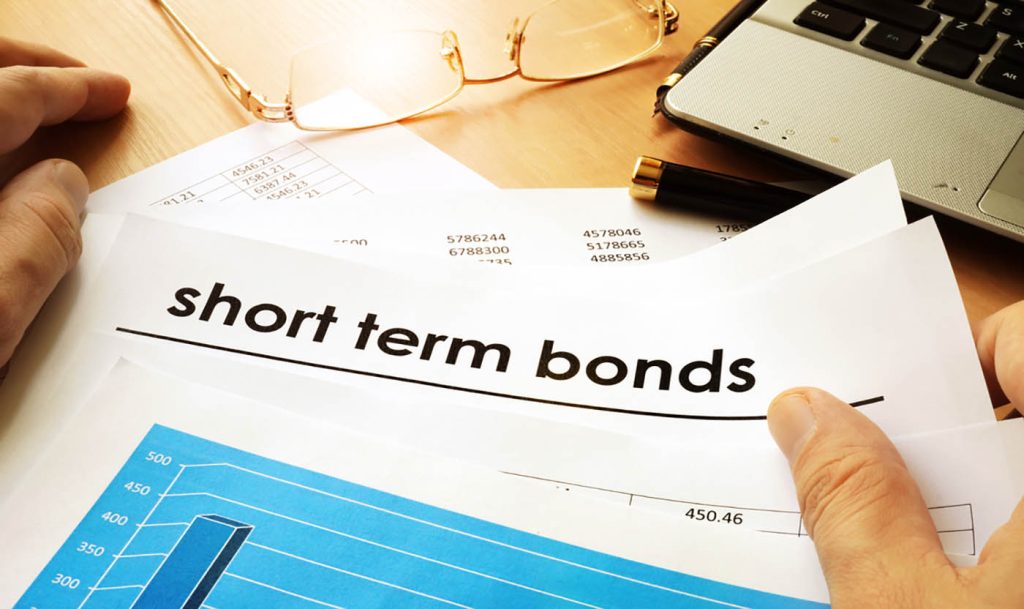
The Role of Short-Term Bonds in My Portfolio
While cash provides flexibility, short-term bonds provide income without locking up capital for too long. I’ve increased my exposure to short-duration fixed income significantly this year. But I’m very selective.
What I hold today:
- Treasury ETFs: I like SHV and BIL—these track short-dated Treasury bills and maintain very low duration risk.
- Floating Rate Notes (FRNs): These are my inflation-fighting secret weapon. They reset their yields every week and tend to outperform in rising rate environments.
- Investment-Grade Corporate Bond ETFs: I selectively use JPST (JPMorgan Ultra-Short Income) and NEAR (iShares Short Maturity) for slightly better yield, with still very low duration.
When allocating, I weigh duration heavily. I generally won’t go longer than 2 years unless there’s a dramatic rate pivot signaled.
How I Evaluate Risk in a Short Duration Strategy
I don’t just chase yield. I learned in 2022—when some “short-term” bond funds still lost value—that credit risk and liquidity risk matter as much as duration.
My checklist before buying any cash or bond equivalent:
- Who is the issuer? U.S. Treasury or investment-grade corporates only.
- What’s the maturity? Under 2 years.
- How’s the yield relative to CPI? I want a real return.
- Is there call risk or floating exposure I’m missing?
- What’s the liquidity profile? Can I exit with low slippage?
For deep research, I cross-reference ETF data on Morningstar and bond rating data via FINRA’s Bond Center.
How I Balance My Allocation: Cash vs Bonds
As of Q2 2025, I keep 30% of my liquid portfolio in cash-like vehicles (high-yield savings, money markets) and 20% in short-term bonds. This 50% “defensive” allocation allows me to:
- Respond to equity selloffs opportunistically.
- Sleep well knowing my purchasing power isn’t eroding.
- Harvest real, albeit modest, risk-adjusted returns.
I rebalance monthly based on CPI trends and Fed guidance. If the Fed makes a clear pivot, I’ll reassess. For now, they’re in a “hold high and wait” stance, so I keep duration low and liquidity high.
Tax-Efficiency Matters—More Than Ever
One huge advantage of Treasury bills and money market funds is tax efficiency. Treasury interest is exempt from state and local taxes. In high-tax states like California and New York, this bumps up your real return significantly.
I track my after-tax yield closely using tools like SmartAsset’s investment calculator and adjust accordingly. In taxable accounts, I always favor Treasuries over corporates, unless I need higher income to offset inflation elsewhere.
Inflation Isn’t Just Economic—It’s Emotional
One thing I’ve learned the hard way is that inflation doesn’t just hurt mathematically—it creates psychological pressure. You feel poorer. You make decisions faster. You chase riskier bets just to stay afloat.
Holding the right cash and bond mix gives me peace of mind. It creates margin. It slows me down when everything else is speeding up.

How I Prepare for What’s Next
Going into the second half of 2025, I’m preparing for continued rate volatility. The Fed may cut once late in the year, but they’re in no rush. Inflation could flare again, especially if oil prices stay elevated or supply chains are hit again.
Here’s what I’m doing:
- Keeping a 3-month T-bill ladder active at all times.
- Monitoring inflation break-evens via FRED data.
- Avoiding long-term bonds until real yields drop meaningfully below 2%.
I’m also slowly rotating some of my short-term income into inflation-protected securities, like iBonds (for their fixed rate) and short-duration TIPs ETFs like VTIP.
Navigating 2025 means letting go of old assumptions—like the idea that holding cash is wasteful, or that bonds only matter when rates fall. This market rewards precision, patience, and agility.
The combination of high inflation, volatile yields, and geopolitical noise has made me more disciplined. Every dollar I hold now has to earn its keep—and every bond I buy needs to pull its weight.
For fellow investors out there: don’t wait for the Fed to save you. Build your liquidity strategy now, and build it with intention.
Let your cash be sharp. Let your short bonds be lean. And above all, let your capital be ready—because opportunity in this market isn’t gone. It’s just hiding behind inflation’s shadow.
